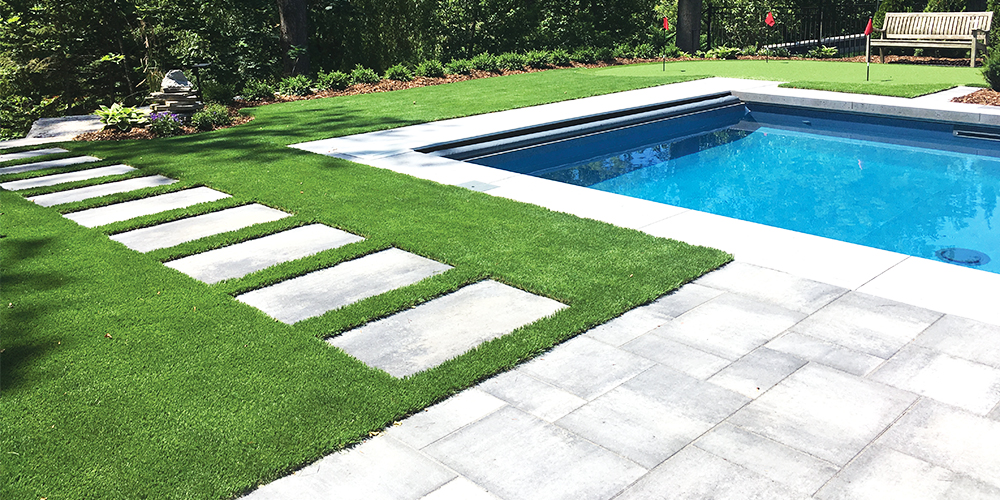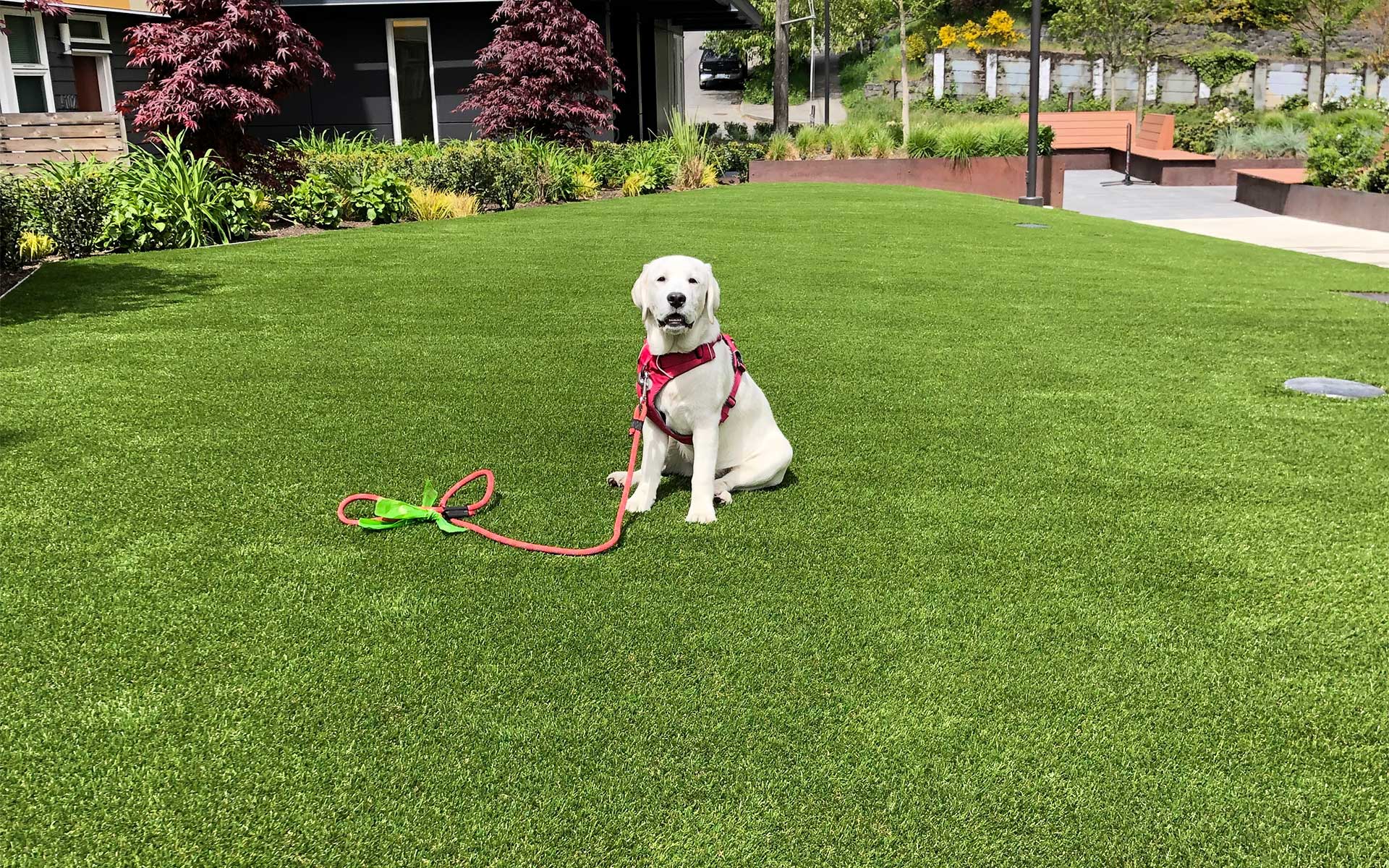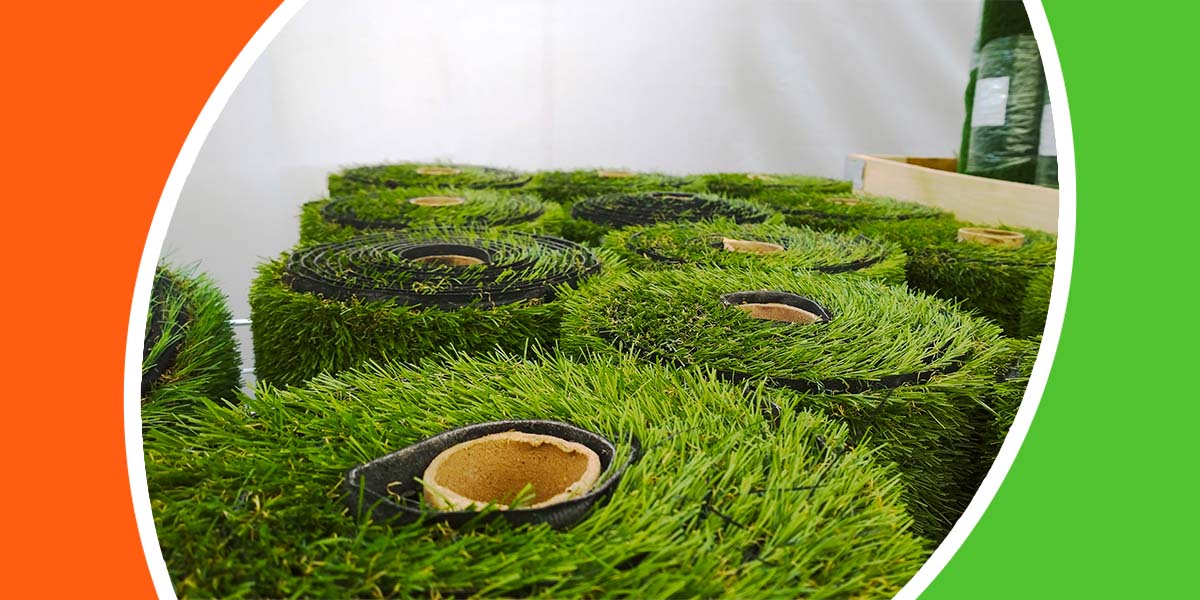Expert Arizona Turf Installation Solutions for Residential and Business Use
Wiki Article
Look Into the Environmental Perks of Opting for Artificial Grass Solutions
The adoption of man-made turf remedies offers an engaging opportunity to address pressing ecological obstacles. By substantially reducing water usage and decreasing the application of unsafe chemicals, these alternatives not only advertise lasting landscaping but likewise shield local environments.Water Preservation Benefits
One of the most considerable benefits of artificial turf is its capacity to conserve water. Conventional yard lawns call for considerable irrigation, especially in locations vulnerable to drought or water restrictions. On the other hand, synthetic turf does not require watering, significantly lowering the total need for water sources. This feature is specifically advantageous in deserts where water deficiency is a pressing issue.By eliminating the demand for normal watering, synthetic grass adds to sustainable landscape methods and helps minimize the ecological influence of extreme water intake. In addition, the conservation of water encompasses the reduction of drainage, which can result in dirt erosion and river air pollution.
In addition, the setup of synthetic lawn allows house owners and districts to allocate water sources extra effectively, concentrating on vital usages such as alcohol consumption water and farming. The change in the direction of synthetic grass not only advertises accountable water usage however additionally lines up with wider ecological goals focused on maintaining all-natural resources.
As neighborhoods progressively focus on sustainability, the water preservation benefits of synthetic grass present an engaging instance for its fostering in residential and commercial landscape design tasks.
Lowered Chemical Use
The shift to man-made grass substantially reduces the reliance on chemical therapies generally made use of in natural turf maintenance. Conventional turf management commonly involves the application of herbicides, chemicals, and plant foods to promote growth and control insects. These chemicals can position risks to human health, neighborhood wild animals, and the atmosphere, contributing to soil and water contamination.In contrast, synthetic lawn eliminates the need for these unsafe substances. By lessening the launch of synthetic compounds right into the ecosystem, man-made turf advertises healthier soil and water systems.
In addition, the absence of chemical drainage connected with synthetic turf setups aids safeguard neighborhood waterways from contamination, sustaining water life and keeping biodiversity. Arizona turf. As communities progressively focus on lasting techniques, choosing artificial lawn presents a sensible remedy that aligns with environmental conservation objectives. With this change, homeowner can enjoy lush green rooms without endangering environmental health and wellness, leading the way for a more lasting future
Lower Carbon Footprint

Additionally, the setup of synthetic grass can result in substantial water preservation. Natural yards require substantial amounts of water for irrigation, which not just contributes to the carbon footprint related to water extraction and treatment however likewise strains local water resources. In comparison, synthetic grass requires marginal upkeep, calling for no watering, consequently considerably minimizing water use and its connected energy expenses.
In addition, the long life of artificial turf contributes to its decreased carbon effect. With a life-span of as much as 15 years or even more, the demand for constant substitutes is lessened, resulting in less waste and lower energy usage in manufacturing and throwing away visit this web-site typical grass alternatives. On the whole, synthetic grass presents a sustainable choice for eco aware landscape design.
Environment Preservation
Habitat preservation is an important consideration in the argument over landscaping options, especially when comparing synthetic turf to all-natural grass. Natural lawn yards frequently require extensive maintenance, including making use of fertilizers, herbicides, and chemicals, which can detrimentally influence regional environments. These chemicals can leach right into the soil and rivers, hurting indigenous plants and animals and interrupting local environments.
In comparison, synthetic grass presents an opportunity to minimize the ecological impact of landscape design. By going with synthetic lawn, property owners can decrease the interruption of all-natural habitats connected with typical grass care methods. Synthetic grass removes the requirement for harmful chemicals, consequently shielding nearby wild animals and maintaining the stability of bordering environments. The installment of artificial turf can lead to the conversion of former turf locations right into even more biodiverse landscapes, such as pollinator yards or native plant locations, which can sustain neighborhood wild animals.
Inevitably, the transition to synthetic grass not only preserves water and lowers upkeep initiatives however likewise fosters a more unified check this partnership between human tasks and the natural surroundings, advertising habitat preservation while doing so.
Long-Term Sustainability
Long-term sustainability is an important element in evaluating the advantages of synthetic turf over typical yard yards. Among one of the most considerable benefits of man-made grass is its durability; it can last approximately 15-20 years with very little upkeep, whereas natural grass calls for frequent reseeding and substitute. This long life lowers the requirement for constant sources, such as water, fertilizers, and chemicals, which are necessary for maintaining a healthy yard yard.Furthermore, synthetic lawn contributes to a reduction in carbon discharges related to yard treatment equipment. Typical lawns often need gas-powered lawn mowers, trimmers, and blowers, every one of which add to air pollution. Arizona turf. On the other hand, synthetic grass eliminates the requirement for such devices, advertising a cleaner environment
Additionally, the manufacturing of fabricated grass increasingly uses recycled products, boosting its sustainability account. As producers embrace environment-friendly techniques, the ecological footprint of synthetic grass proceeds to diminish.

Verdict
The fostering of artificial lawn services presents considerable ecological advantages, consisting of significant water preservation, lowered dependence on harmful chemicals, and a lower carbon impact. In addition, synthetic grass help in maintaining all-natural environments by decreasing land disruption and promoting long-lasting sustainability with making use of long lasting materials. Jointly, these variables emphasize the potential of synthetic grass to add favorably to environmental health and provide a practical alternative to traditional landscaping practices in an increasingly resource-conscious world.In comparison, man-made turf does not need watering, dramatically minimizing the overall need for water resources. By minimizing the launch of synthetic substances into the community, fabricated grass advertises healthier soil and water systems.
Furthermore, the installment of synthetic lawn can result in substantial water conservation. In contrast, man-made turf needs marginal upkeep, needing no watering, therefore dramatically decreasing water use and its linked energy prices.

Report this wiki page